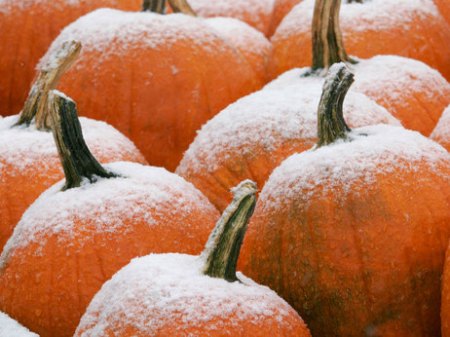I’m not a fan of the cold. Winter is my least favorite season. When my feet are cold, I feel terrible. All of that goes against the philosophy of a man named Wim Hof.
Wim Hof, (AKA “The Iceman”) holds some world records for endurance and exposure to cold from doing things like climbing Mount Kilimanjaro wearing only shorts and shoes and running a barefoot half-marathon in the Arctic Circle. He stood in an ice-filled container for more than 112 minutes. This guy really believes in the natural power of the cold.

He teaches breathwork and the health benefits of cold plunges. He has millions of followers who say his method results in a wake-up call to the brain and body. Some say it has cured a variety of things from depression to diabetes.
Hof is Dutch. He is 61 years old. He summitted Kilimanjaro in 31 hours nearly naked. Climbers often take a week to do that with all kinds of cold-weather gear and oxygen tanks.
In the book, Becoming the Iceman, he says that it is unfortunate that we are taught to fear the cold and protect ourselves from it. Hof believes that the ability to control the body’s temperature is not unique to him, but is an ability that can be adopted – and should be adopted – by everyone.
What is called the Wim Hof Method includes a lot of breathwork. It’s breathing that is like controlled hyperventilation. Here’s an example: Do three to six sets of 30 to 40 deep breaths. That means a strong inhale through the nose and a relaxed exhale from the mouth. On that last breath of each set, you exhale and hold for one to three minutes. I tried that. It made me a little dizzy and there was no way I could hold my breath for even a minute. I guess I need a lot of breathwork training. After that held breath, you take a recovery breath and hold it for 15 seconds.
This may sound familiar to you if you have done meditation or pranayama (kundalini yoga’s breath of fire) or the tummo of Tibetan Buddhist meditation. All of these are rhythmic-breathing disciplines. I have tried these techniques in the past. Some people enjoy the resulting buzz in the brain as a natural high. Some people feel dizzy and start seeing flashes of light. Not everyone feels it’s a good thing.
As I said at the start, I don’t like the cold. Hof would tell me that after all that intense breathing, what I need next is cold exposure. He is of the school that believes you should immerse in freezing water, but he would be okay if I started with even a minute or two under a cold shower to get an effect.
The initial effect is panic in the brain. Like a meditator dismissing the intruding thoughts, he says you need to dismiss the panic and relax and focus. That focus can be visualizing heat inside you and generating warmth in your body. (I agree. Warm is good!)
That cold shower also floods your brain and cells with oxygen. Your vascular system gets a boost. Endorphins, which are structurally similar to the drug morphine, are released. They are natural painkillers. Your opioid receptors are activated. They can bring about feelings of euphoria and general well-being. Hof believes it brings you fully into the present moment.
I read a long article in Outside magazine about Wim Hof. He has turned his philosophy into a business. That always makes me apprehensive.
He might answer my apprehension like this: “This method is very simple, very accessible, and endorsed by science. Anybody can do it, and there is no dogma, only acceptance. Only freedom.” That comes from his book, The Wim Hof Method, which I plan to read this winter while sitting in a warm house, possibly under a blanket.
Then again, maybe I will venture out into the cold after reading it. I do find that stepping out a cold morning for my daily walk is very “bracing.” Of course, I’m not naked or wet, so it’s nothing like what he is preaching.
He has a company called Innerfire and, despite his entrepreneurial side, he is a “counterculture” hero. He has more than a million Instagram followers. He has written or contributed to a shelf full of books. He hosts seminars around the world and there are certified Wim Hof instructors offering their own workshops. This is a business.
I tried out the free minicourse on his website and it was an interesting teaser and I could certainly try some of the basic techniques on my own. But I am not ready to do any polar bear plunges into the Atlantic Ocean.
I would say this Iceman has arrived.







